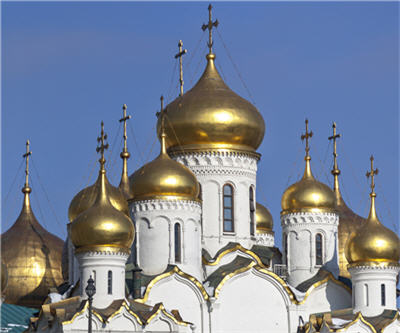
Russia purchased 37.2 tons of gold in September, boosting the country’s bullion stockpile – the fifth largest in the world – to 1,149.8 tons, according to International Monetary Fund data.
The increase is the most since Russia defaulted on its debt in November 1998. The IMF data also shows Russian gold reserves at their highest since 1993. Russia overtook the amount of gold held by China in August, having purchased 54 tons in the first six months of 2014.
So what is behind the Russian gold purchases? Plunging oil prices and U.S. and EU sanctions against Russia, in reaction to the Ukraine crisis, have put downward pressure on the ruble and forced the Central Bank of Russia (CBR) to intervene to help prop up the currency. The CBR recently hiked interest rates by 150 basis points despite low economic growth, and has already sold a significant amount of its foreign exchange reserves to slow the ruble’s decline.
According to Bloomberg, currency reserves held by the world’s largest energy exporter fell by $68 billion this year to $443.8 billion. Gold only makes up about 10 percent of Russia’s FX reserves. By comparison, in 2008 following the collapse of Lehman Brothers, the Russian central bank sold $200 billion in seven months to prop up the ruble, thereby cutting its reserves by nearly 40 percent. Russia’s reserves peaked at $598 billion six years ago and are now at their lowest level in four years.
Analysts say Russian policy-makers do not want to repeat the same scenario as played out in 2008, and are therefore planning to allow the ruble to float freely by 2015. Such a move would allow the Russian central bank to more actively control inflation, which is currently growing the fastest since 2011. According to 27 economists surveyed by Bloomberg, there is a 70 percent chance that Russia will go into recession in the next 12 months – hence the need for strong intervention on the part of the CBR.